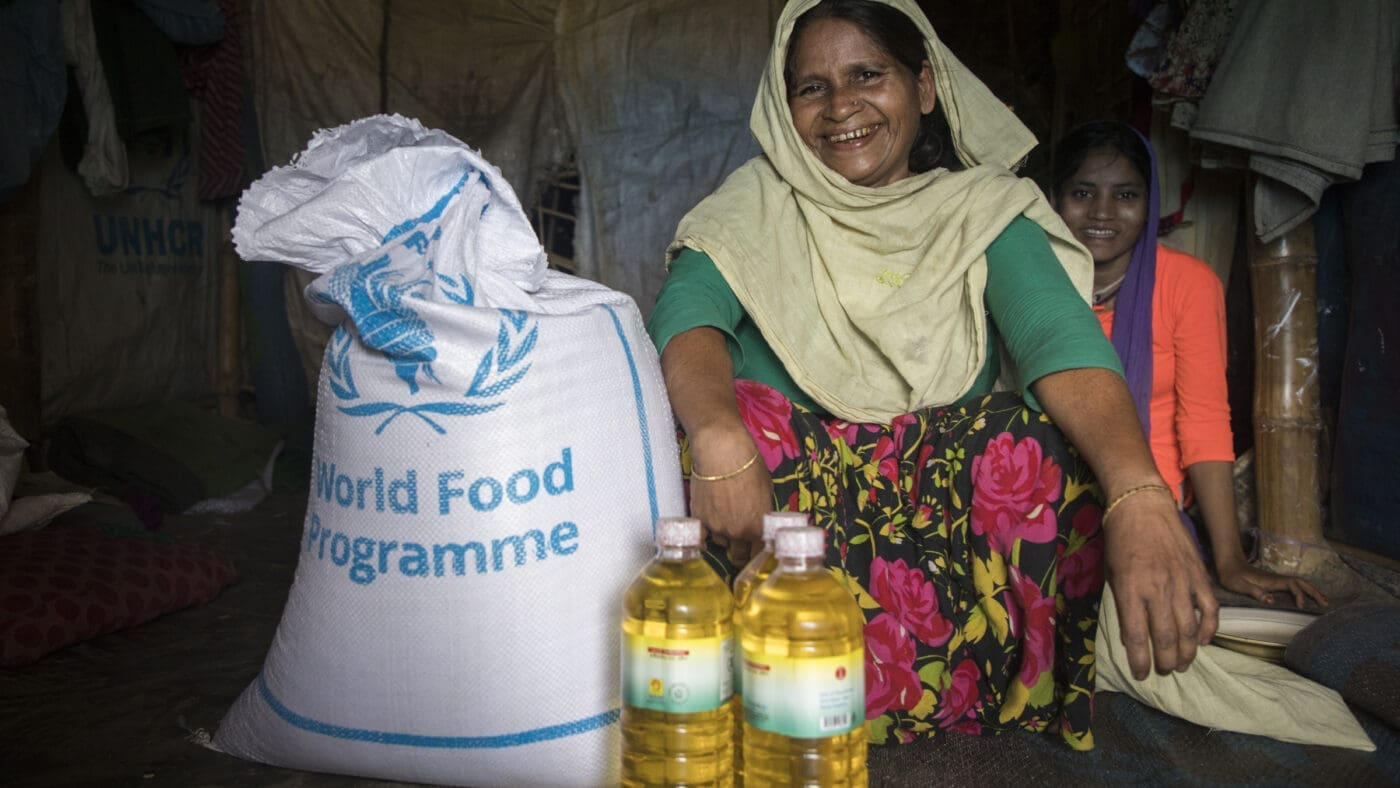
THe Food
WFP Delivers
Solving hunger isn’t just about providing enough food. It’s about delivering the right kinds of food at the right time with the nutrients people need to survive.

Beans
What are they?
Legumes such as lentils and chickpeas.
When and where are they used?
Often part of the staple food basket provided to a general population. Can also be provided to displaced populations who rely on food assistance to survive.
How are they used?
Transported in sacks and distributed as staple food items to be cooked. In developing countries, they’re often the most affordable and accessible source of protein.
Key Nutrients
High in vitamins and minerals like fiber, iron, B vitamins and folate; contains about two times the protein found in whole grain cereals like wheat, oats and barley.

Grains
What are they?
Edible grasses or seeds such as wheat, barley, oats, rice or corn.
When and where are they used?
Often part of the staple food basket provided to a general population. Can also be provided to displaced populations who rely on food assistance to survive.
How are they used?
Transported in sacks and distributed as staple food items to be cooked.
Key Nutrients
Grains are high in vitamins and minerals like Vitamins A, B6, C and Iron.
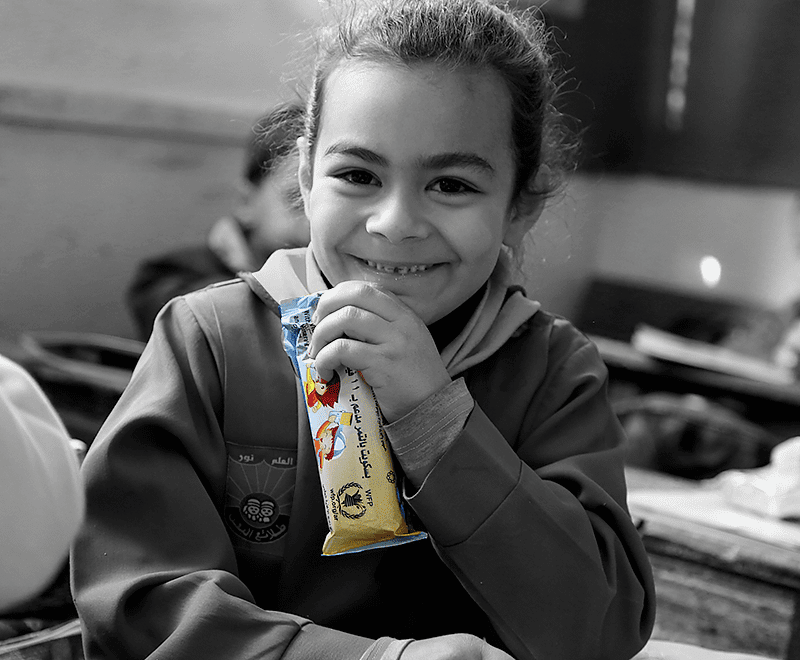
Snack Bars
What are they?
Bars of baked wheat flour, vegetable fat, soya protein concentrate and malt extract.
When and when are they used?
In emergencies when local food can’t be distributed or prepared. Not for children under 6 months or in the first weeks of treatment of severe malnutrition.
How are they used?
Eaten straight from the package or mixed with water to make a porridge. Drinking water must be provided as the bars are compact and dry.
Key Nutrients
Vitamins A, B1, B2, B6, B12, C, D3, Folic acid, Calcium, Magnesium, Iron, Zinc, Potassium and Sodium

High-Energy Biscuits
What are they?
Wheat-based biscuits that are fortified, pre-packaged and shelf-stable.
When and where are they used?
In the first days of an emergency when cooking facilities are scarce. Because they’re pre-packaged and compact, high-energy biscuits are easy to distribute and provide a quick solution to improve the level of nutrition without water or cooking.
Key Nutrients
10 to 15 g protein and 450 kcal of energy. Vitamins A, B1, B2, B6, B12, C, D, E, Calcium, Magnesium, Iron, Iodine, Folic Acid, Pantothenic Acid and Niacin.
Help send nutritious food
In emergencies, people need nutritious, life-saving food to survive. Your donation can help save lifes by delivering much-needed food relief to families in crisis.
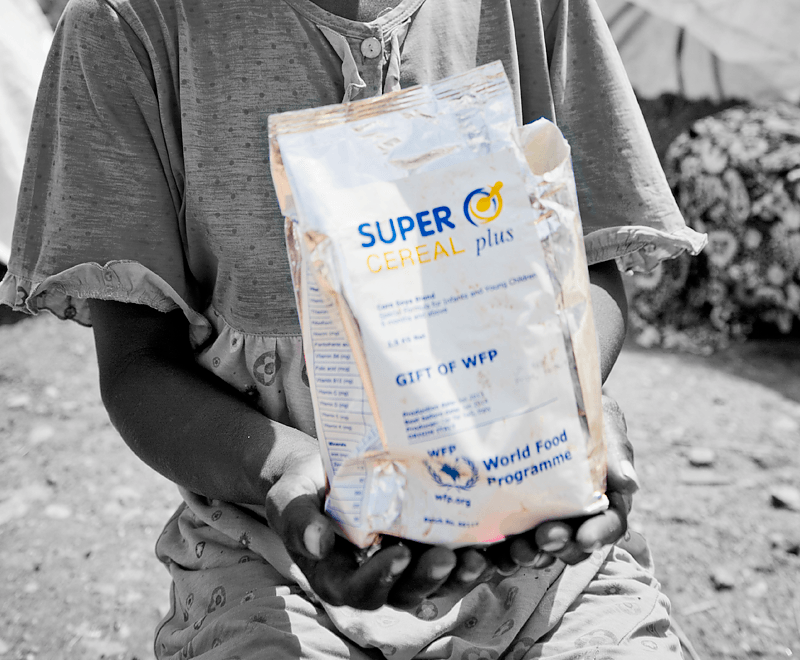
Fortified Blends
What are they?
Blends of partially pre-cooked and milled cereals, soya and beans fortified with micronutrients. Special formulas may contain vegetable oil or milk powder.
When and where are they used?
To provide protein supplements; as part of WFP’s school meals program; as part of programs to prevent and address nutritional deficiencies among mothers and children; and to provide extra micronutrients to complement the general ration.
How are they used?
Usually mixed with water and cooked as a porridge.
Key Nutrients
Vitamins A, B6, B12, C, Folic acid, Zinc, Iron, Calcium and Potassium.
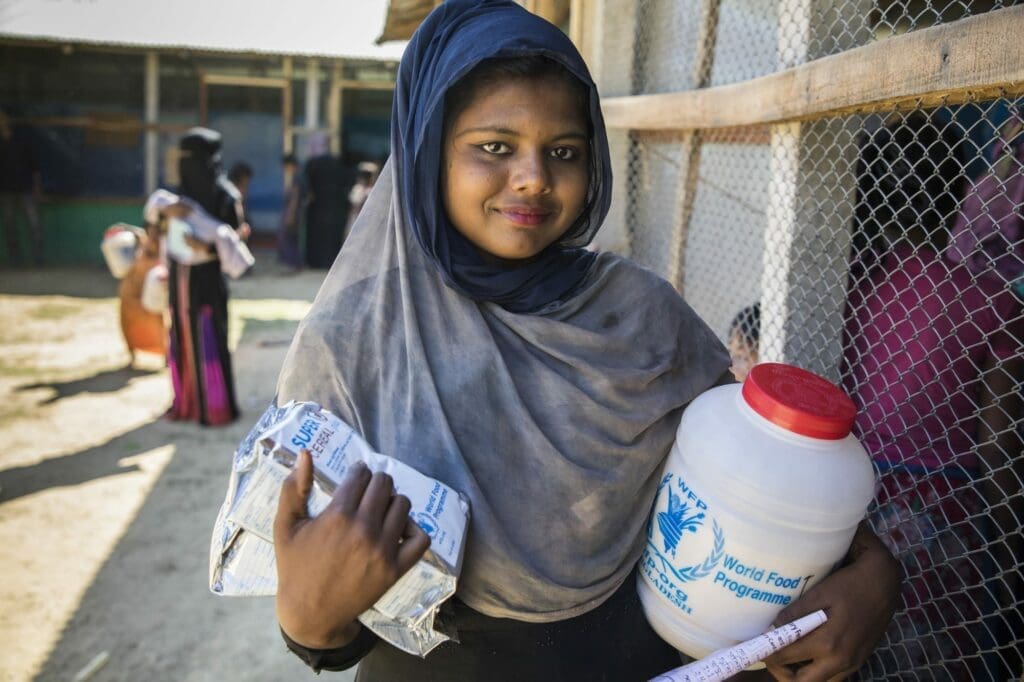
Micronutrient Powders
What are they?
A tasteless powder containing the recommended daily intake of 16 vitamins and minerals.
When and where are they used?
Useful as an alternative to fortified blends or when those blends are inadequate for specific groups.
How are they used?
One sachet per person is sprinkled onto home-prepared food after cooking and just before eating. Can also be used in school meal programs.
Key Nutrients
Vitamins A, B12, C, D, E, K, Pyridoxine, Folic Acid, Niacin, Zinc, Iron, Selenium and Iodine.
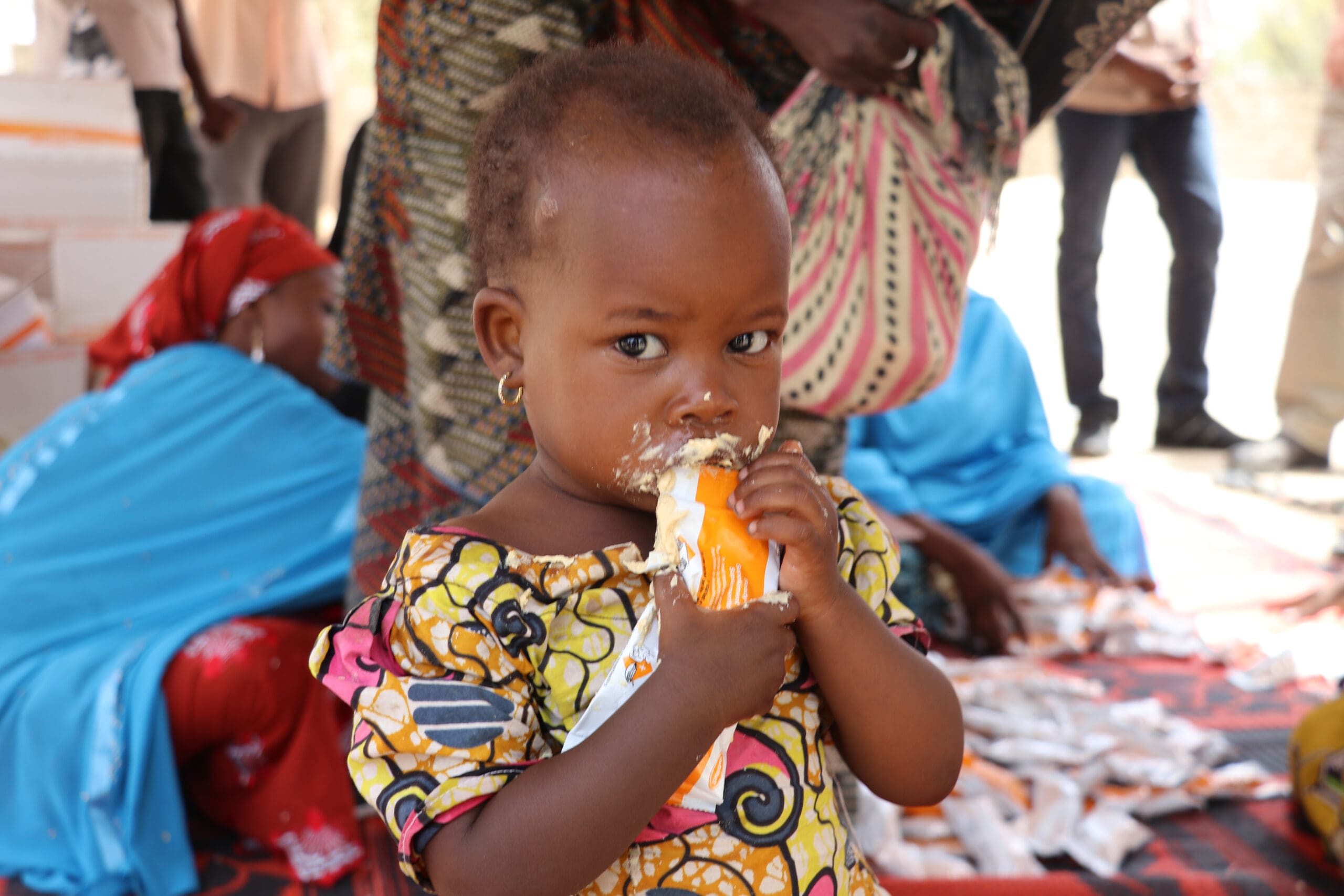
Ready-to-Use Foods
What are they?
Specially designed products for moderately malnourished children. May contain vegetable fat, dry skimmed milk, sugar and whey.
When and where are they used?
In emergencies or in the prevention or treatment of moderate malnutrition. Complements breast milk and other food for children aged 6 to 59 months.
How are they used?
Weekly rations or one-day sachets (Plumpy’Doz or Plumpy Sup, by Nutriset) can be eaten directly from their containers. Designed to be eaten as a supplement to the regular diet.
Key Nutrients
Vitamins A, B1, B2, B6, B12, C, Calcium, Magnesium, Zinc, Iron, Potassium and Folic acid.
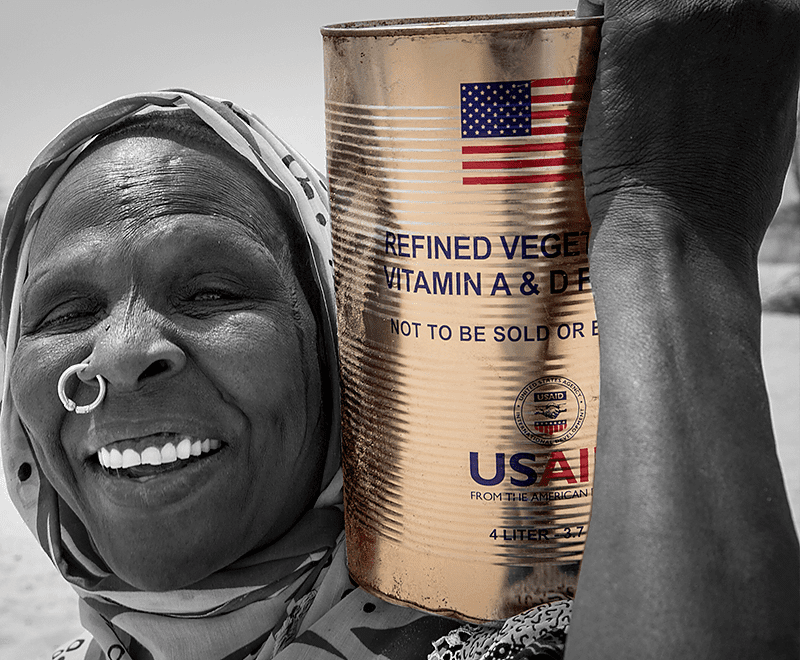
Oil and Salt
When and where are they used?
Often part of the staple food basket provided to a general population. Can also be provided to displaced populations who rely on food assistance to survive.
How are they used?
They are fortified with vitamins and used for both cooking and taste.
Key Nutrients
Vitamins A and D (oil) and Iodine (salt).
Iron-fortified cereals treat anemia in pregnant and breastfeeding women. Calorie-dense biscuits provide critical energy when cooking facilities are scarce. Tasteless powders contain 16 vitamins and minerals for undernourished babies and young children.
WFP delivers the healthy, nutritious food people need to end their hunger and malnutrition.